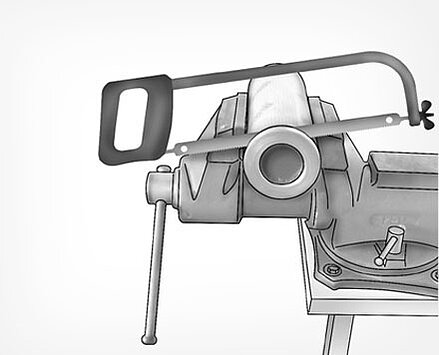Sometimes deposits and residues are found on damaged parts, filters or near oil- or grease-bearing pipes. The analysis is intended to provide information about their formation. You can remove the residues that are of interest to you, e.g. with suitable aids and fill them in a plastic bag or a container.
In the case of multi-layered filter media, a portion of the filter fabric is sufficient. Always take a representative sample and avoid the sending of the entire component, as otherwise additional costs for sample preparation and disposal will incur.
You should preferably download a Sample Information Form and indicate that the reason for analysis is a "residue analysis".
Or order an analysis kit 5. This contains a sample bottle for sending back the filter fabric, a Sample Information Form and an envelope.
Normally an analysis and comparison of the residue with possible source-media provides the most meaningful results.
Our technical team will be happy to advise you on the best way to send us your samples.

Let the component drain first. Then open the housing to get to the filter cartridge. If necessary, fix the component in a vice or by means of screw clamps and detach it using an angle grinder or an iron saw.
Continue with the instructions under "Multi-layered filter media".
For your own safety we recommend wearing protective clothes and gloves!

Separate a rectangular surface from the supporting fabric e.g. with a wire scissors or a cutter. Cut out only a representative piece (about 50 x 50 mm) of the filter material.

Send the fabric or residue in a brand new plastic bag or clean container, e.g. from an all-inclusive kit to OELCHECK.
Enclose the completed <link 191 - - "Sample Information Forms">Sample Information Form</link>.
If you want a comparison with the results of another sample, please indicate the corresponding lab number.